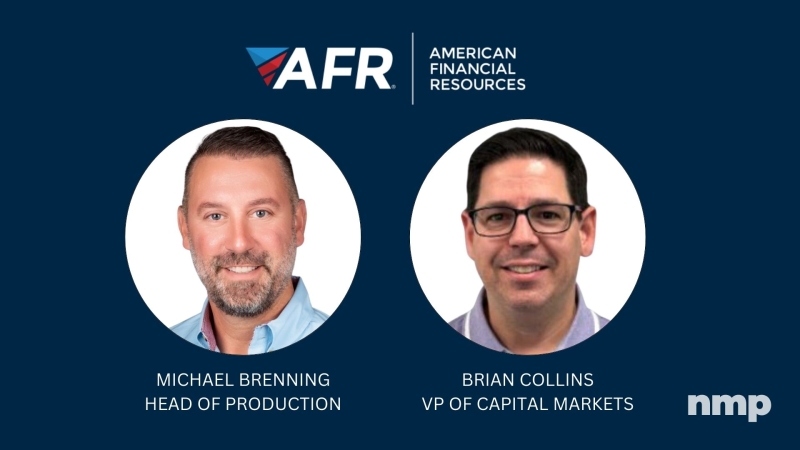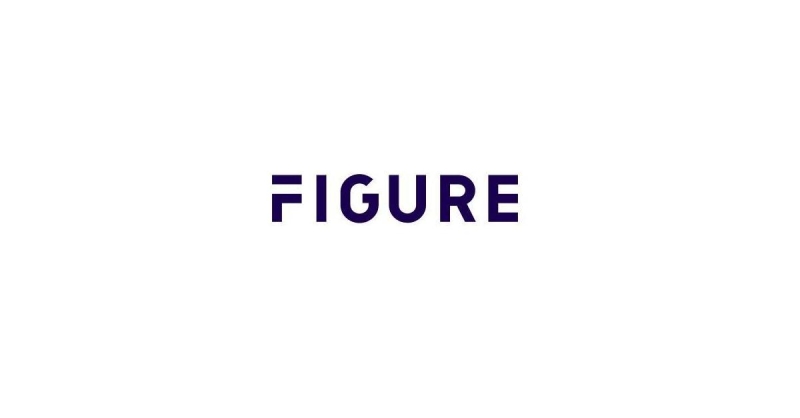How to Survive the Impending Refinance Cliff

The late economist Herbert Stein's Law states that, “If something cannot go on forever, it will stop.” Time and time again, analysts have called for the end of the refinancing boom, and they’ve been proven wrong each time, leading lenders to become complacent. One thing is for certain, however; mortgage refinancing won’t go on forever.
Despite the Federal Reserve recently instituting the first rate hike in nearly a decade, interest rates have continued to slide even lower. This is due in part to market volatility early in the year leading the Fed to issue more dovish comments on the pace of future increases. The resulting drop in mortgage rates has sustained the refinance party, yet again. However, the Fed will eventually have to embark on a path of renormalization and when they do, mortgage rates will drift above the refinance threshold. When that time comes, we’ll likely see an abrupt drop off in refinance volume because the math will no longer make sense for borrowers. Volume will dry up as mortgage rates reverse their 34-year down trend from the high teens of the early 1980s.
Lenders that rely heavily on refinancing need to come up with a way to bolster their mortgage pipeline in order to replace lost volume. The best way to do this is by diversifying into non-agency mortgage products.
Diversification is risk management at its most basic level and the same concept that one applies to an investment portfolio is relevant for mortgage lenders. If you rely too heavily on one source for volume (in this case, refinancing) and that source goes away, you’ll be left scrambling to fill the void.
Since the housing crisis, lenders’ hands have been tied as they’ve had limited options to issue loans not eligible for sale to the government-sponsored enterprises (GSEs). Within the last few years, however, there has been a reemergence in the non-agency market, as lenders are once again offering these products to their networks. Now, there exists a diverse mortgage product mix on the market that can meet the needs of many more borrowers.
Here are some examples of the types of borrowers that can be tapped with non-agency products:
►Borrowers who have experienced a recent credit event, such as a foreclosure or short sale.
►Borrowers who don’t have W-2 income and instead rely on income from investment properties.
►Self-employed borrowers whose tax returns may not necessarily reflect their true income due to business write-offs.
►Foreign nationals who don’t have credit in the U.S. system.
►Borrowers who have significant savings, but limited income.
Lenders should start taking advantage of these new products if they want to survive in a low-refi world. With a wider product offering, they stand to increase their reach to a subset of buyers that are underserved. If all they offer is traditional loans, they’re stuck competing with the masses in a shrinking pool of borrowers. Furthermore, they run the risk of their referral partners changing to a provider offering these new products.

Tom Hutchens is senior vice president of sales and marketing at Angel Oak Mortgage Solutions, an Atlanta-based wholesale lender currently licensed in 24 states. Tom has been in the real estate lending business for nearly 20 years. He may be reached by phone at (855) 539-4910 or e-mail [email protected].
This article originally appeared in the May 2016 print edition of National Mortgage Professional Magazine.




